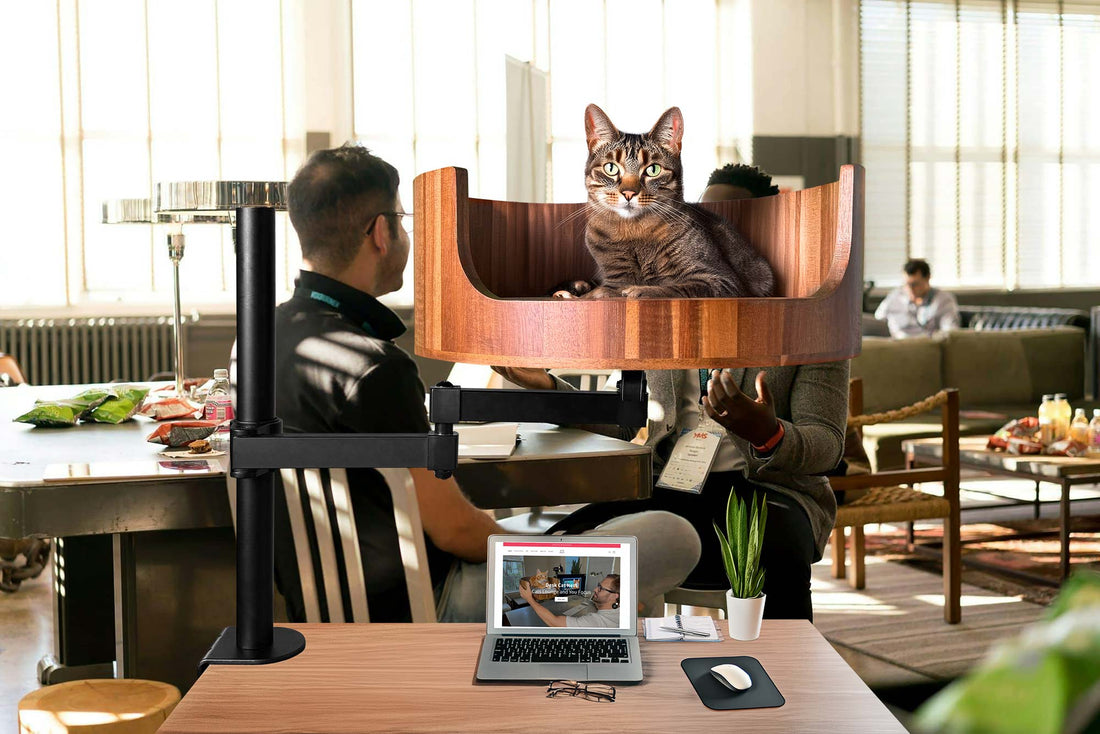
My Cat Drools When I Pet Him: Understanding the Behavior
Share
Have you ever experienced the perplexing sensation of your beloved feline friend drooling while you pet them? As a cat owner, seeing your cat drool may leave you feeling confused and concerned. This behavior, although not as common as in dogs, is actually quite normal in cats and can be triggered by a variety of reasons. In this article, we will delve into the fascinating world of cat behavior, specifically focusing on why some cats drool when being petted and what it could signify about their overall health and well-being.
Understanding the behavior of a drooling cat requires us to explore their complex anatomy and unique sensory responses. Cats have scent glands located in their cheeks, chin, and forehead, which they use to mark their territory and communicate with other cats. When we pet them in these areas, it can trigger a pleasurable response, sometimes leading to drooling. Additionally, some cats may drool as a natural reaction to being in a relaxed and content state, much like how humans may salivate when experiencing extreme pleasure or comfort. By gaining insight into these behaviors, we can better appreciate the bond we share with our furry companions and ensure their happiness and comfort in our homes.
1. Some cats drool when they are being petted as a sign of contentment and relaxation.
2. Drooling can also be a response to overstimulation or a submission behavior in response to feeling overwhelmed.
3. Understanding your cat's body language and signals can help decipher the reasons behind their drooling behavior.
4. Regular veterinary check-ups are recommended to rule out any underlying health issues that may be causing excessive drooling.
5. Overall, drooling when being petted is a common behavior in cats and is typically nothing to be concerned about as long as the cat is otherwise healthy and happy.
Causes of Drooling in Cats:
Drooling in cats can be caused by various factors, including excitement, contentment, or stress. Some cats are known to drool when they are being petted, as it stimulates the salivary glands. Additionally, some cats may drool excessively due to dental issues, such as oral infections or dental pain. It is important to observe your cat's behavior and consult with a veterinarian to determine the underlying cause of drooling.
Health Concerns Associated with Drooling:
While occasional drooling in cats may be normal, persistent or excessive drooling can be a sign of underlying health issues. Dental problems, oral infections, gastrointestinal issues, and even poisoning can manifest as increased drooling in cats. It is crucial to monitor your cat's drooling behavior and seek veterinary care if you notice any changes or abnormalities.
Behavioral Considerations:
In some cases, drooling when being petted can be a behavioral response in cats. Cats may drool as a sign of affection or contentment, similar to purring or kneading. However, excessive drooling or drooling in conjunction with other behavioral changes may indicate stress or discomfort in your cat. Understanding your cat's body language and behavior can help you interpret their drooling habits accurately.
Management and Treatment:
If your cat drools when being petted, there are several steps you can take to manage the behavior. Regular dental check-ups, proper oral hygiene, and a balanced diet can help prevent dental issues that may lead to excessive drooling. Additionally, providing a stress-free environment, engaging in interactive play, and addressing any underlying health concerns can help reduce drooling in cats. Consulting with a veterinarian is essential to determine the best course of action for your cat's drooling behavior.
Frequently Asked Questions
1. Why does my cat drool when I pet him?
Some cats drool when they are feeling happy and content. This can be a sign that they are truly enjoying the attention and affection you are giving them.
2. Is drooling when I pet my cat a cause for concern?
In most cases, drooling when being petted is completely normal behavior for a cat. However, if you notice any other unusual symptoms or changes in your cat's behavior, it would be a good idea to consult with a veterinarian to rule out any underlying health issues.
3. How can a Desk Cat Nest help with my cat's drooling?
A Desk Cat Nest provides a cozy and comfortable place for your cat to relax and de-stress. By providing your cat with a designated space to retreat to, it may help reduce their drooling behavior when being petted.
4. Are Desk Cat Nests easy to clean?
Yes, Desk Cat Nests are designed for easy cleaning. You can simply remove the cushion and wash it according to the manufacturer's instructions. The rest of the nest can be wiped down with a damp cloth for regular maintenance.
In conclusion, a Desk Cat Bed is a valuable choice for addressing the issue of your cat drooling when you pet him. By providing a comfortable and secure space for your cat to relax, the Desk Cat Bed can help minimize stress and anxiety that may be causing excessive drooling. Additionally, the elevated design of the bed can help improve your cat's posture and overall comfort while being petted. With the added benefits of easy assembly and a stylish design that will complement any desk or workspace, the Desk Cat Bed is a practical solution for both you and your furry friend.



















































